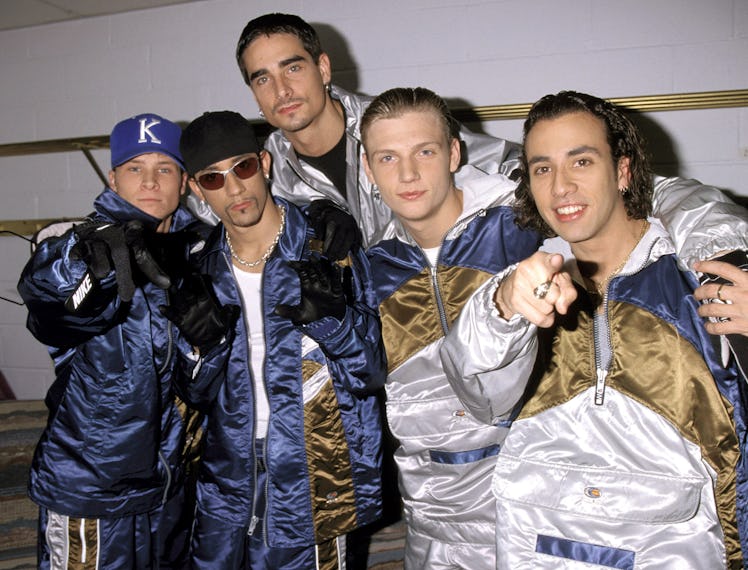This Is Pop Weaves the Untold Stories of Music’s Most Cherished Genre
Welcome to the W TV Club, a spin-off series of W Movie Club, in which W magazine’s editors pick a season of a television show they’d recommend you binge-watch. This week, senior digital editor Maxine Wally her latest documentary series obsession, This Is Pop.

The musician T-Pain appears on the screen of Netflix’s docuseries This Is Pop with a morose, blank look on his face. He speaks slowly, as though it pains him to utter his words. “[Usher] said, ‘I’m gonna tell you something, man. You kinda fucked up music,’” says the Tallahassee native who is recalling an exchange he had with his fellow pop star. Despite having hits like “Buy U A Drank” and “Kiss Kiss,” which soared to number one on the Billboard charts at least three times and crashed through the top 10 many more, T-Pain remembers receiving little respect from the industry. “I don’t even think I realized this for a long time, but that’s the very moment that started a four-year depression for me,” he adds.
This is just one of so many revelatory moments provided by This Is Pop, which debuted in March. The others: Swedish songwriters have a robust history of writing some of the most famed and beloved pop songs of the ‘90s and early aughts, including Britney Spears’s “...Baby One More Time,” “I Want It That Way,” by the Backstreet Boys, and Nsync’s “It's Gonna Be Me”; most of the popular boy bands from that era copied the blueprint made by Boyz II Men, and autotune—the subject of much debate and ire in its heyday from 2003 to 2009—was invented by an electrical engineer and seismic data processor named Andy Hildebrand. This Is Pop is chock full of historical nuggets for music nerds; the stories are spun using archival footage, present-day interviews with subjects like super-producer Ludwig Göransson and the members of ABBA, and reconstructed scenes from pop music’s past.
The documentary series is 30 for 30-like in its encyclopedic coverage of a particular event or aspect of pop, and each episode centers one thing that has forever impacted and changed the genre. It’s often a little-known detail—the autotune origin story, for instance—that makes for truly fascinating subject matter. And what’s great about the format of This Is Pop is that every episode functions as a stand-alone documentary. You don’t have to watch the entire series if you don’t want to, but the overall execution is so good that you’ll want to catch all the installments—especially since each one has a different director at the helm, lending stylistic contrasts. “The Boyz II Men Effect” feels like a traditional documentary, while I would compare “Stockholm Syndrome” to a podcast—complete with a cheeky, all-knowing narrator.
My favorite episode, hands down, is “Autotune.” It blends scientific nuance and historical narrative with the songs of my teenagehood (yes, that includes “I’m in Love With a Stripper”!). Luckily, T-Pain’s story is not one that ends in depression and failure. Intimate interviews with the musician and his wife reveal that he is doing just fine—and his legacy, underappreciated as it may have been while he was churning out autotuned hits, is fully in tact.
“My philosophy at this point is to make myself happy,” he says at the end of the episode, his face opening up into a smile. “I just want to make music that makes me feel good, and if you don’t like it, I didn't make it for you. If you do like it, welcome to the club.”
This article was originally published on